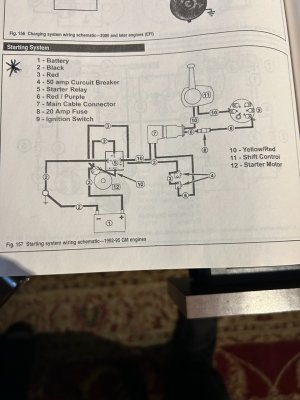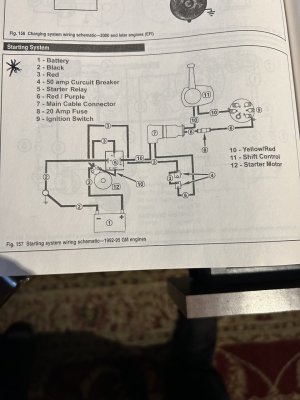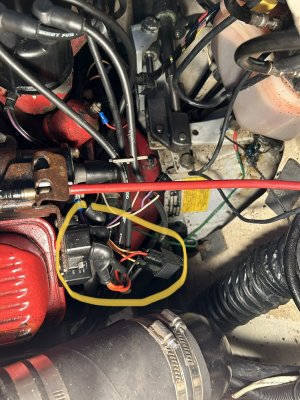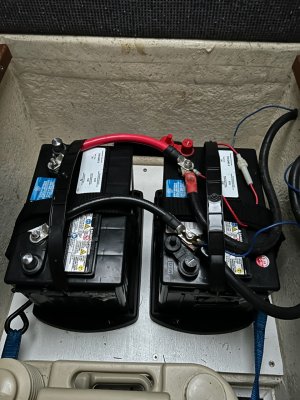Grounds, grounds, grounds. All too often, it’s a bad ground. You cannot make sure a wire/connection is good by looking at it. They can look bad and be bad, but they can look good and be bad too. If you wiggled and jiggled the starter relay, I’m assuming under the dash, and it fires up, it’s probably not an issue with the starter or starter solenoid. If your starter relay is in with the motor, then I’d focus my efforts on the wires there.
Make sure you battery switch is OFF
First question, are ALL your other electronics working perfectly? I mean, is there even one other thing that’s been wonky? If yes, start at your battery and work forward. Remove wires from battery, clean, feel for stiffness/brittleness. That’s bad. Any green/black junk on the leads? That’s a sign of corrosion too. Then move to your battery switch. Remove the switch. Remove the leads behind the switch, one at a time. Feel and look for corrosion. Clean each one and reconnect.
If ALL you other electronics are great, then I’d start under the dash. Remove, inspect, clean the grounds. Then follow the positives and remove and clean. That includes the fuse holder, as mentioned above. Also the ignition switch. A bit of corrosion or poor connection is a great way to get intermittent issues.
If you think you have corrosion in a wire, use a multimeter to test for resistance. It’s the ohm thingy. Connect one probe to one end of a wire and the other probe to the other end of the same wire. Do this on a 6-10’ piece of good wire and you’ll see what normal resistance is. If a y of the wires under your dash, at the battery, etc show high resistance, you likely have corrosion.
If you do that, anyone of which is very technical, and there’s still an issue, then you might have a problem with a mechanical component.
My money is on a bad ground.





